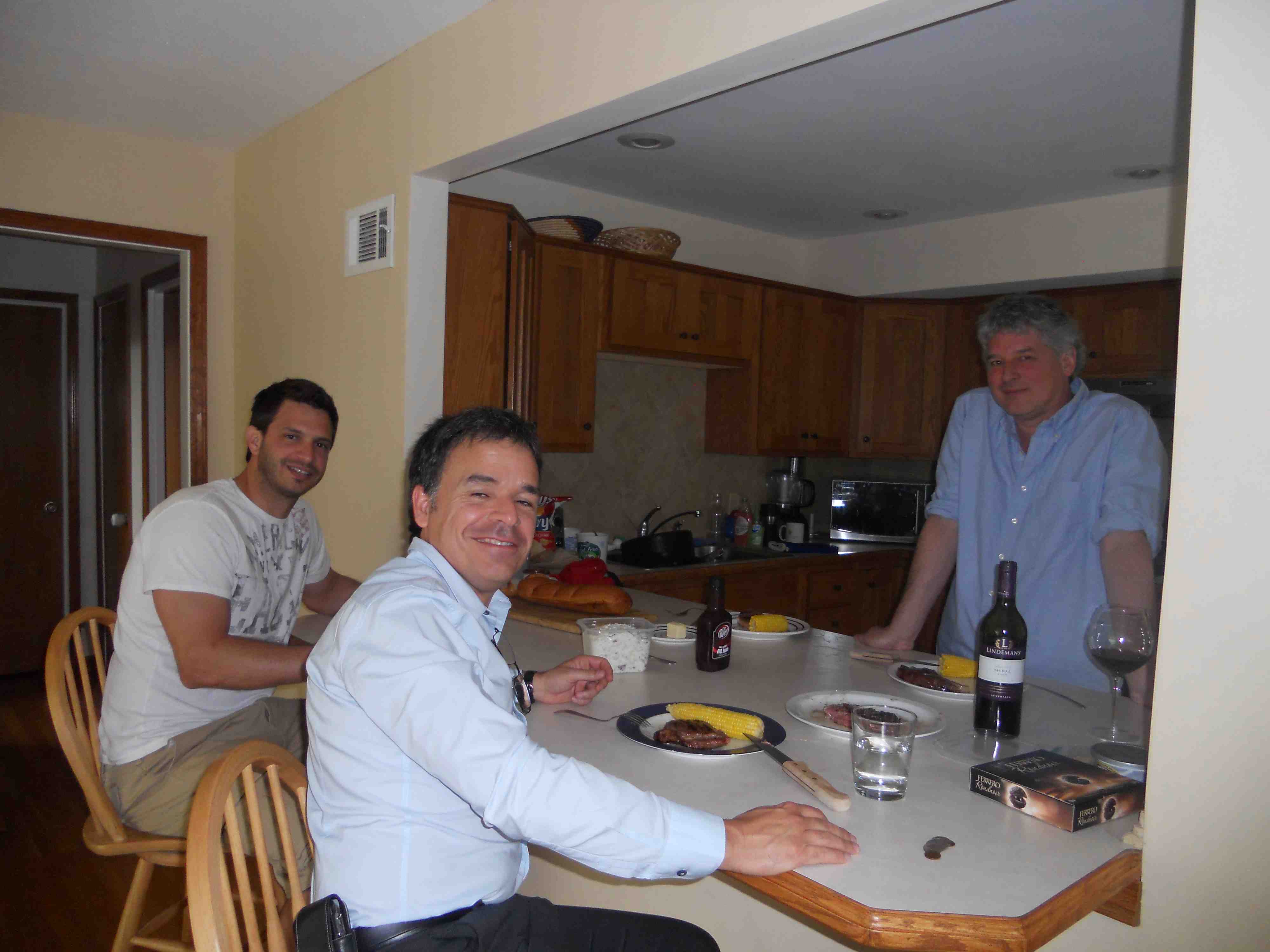When Frank Yiannas left Disney to go work for Walmart, I asked, why?
He said something along the lines of, bigger brand, bigger influence.
 Food safety Frank is using that influence.
Food safety Frank is using that influence.
As its aisles were bustling with holiday shoppers a week before Christmas this past December, Walmart and Sam’s Club stores announced to their poultry suppliers, details of plans to enhance food-safety requirements of whole chickens, chicken parts and ground turkey products shipped to its stores. The press release from the company said it would require poultry suppliers to achieve prevention-based certification by one of the Global Food Safety Initiative’s recognized standards. As part of the program, poultry suppliers will be expected to implement holistic controls, from farm to fork; the controls must significantly reduce potential contamination levels, in whole birds as well as in chicken parts. Suppliers will also be required to test and validate their food safety interventions. Lastly, poultry suppliers must be in compliance with the program by June 2016.
Led by Frank Yiannas, vice president of food safety for the retail giant, the announcement was hardly a surprise to its current suppliers, as the poultry industry had been consulted about the requirements for nearly a year before it was made public and hints about it were dropped back in 2010. From his Bentonville, Ark., office, Yiannas detailed the plans for the poultry safety initiative in early January. He explained how it is part of a continuous-improvement strategy that was developed using aspects of a 2010 plan introduced to enhance beef safety and how it is all part of Wal-Mart Stores Inc.’s farm-to-fork approach to food safety.
Frank Yiannas has three heroes in life. The charismatic food-safety guru for Wal-Mart Stores Inc. is bullish about this short list, which includes: His father, Haralambos Yiannas; Louis Pasteur, to whom he refers to as the Founding Father of food safety; and Dr. Rudy Wodzinski, a professor who ignited his interest in microbiology during his studies at the Univ. of Central Florida where he earned his bachelor’s in microbiology before going on to receive a master’s degree in public health from the Univ. of South Florida. Dr. Wodzinski has passed away, but his impact on Yiannas was profound and continues to inspire him.
 “I can credit him for my career in food safety,” says Yiannas, who worked as the director of safety and health at Walt Disney World for 19 years before joining Walmart in 2008. His global role is daunting, considering the retailer operates about 4,400 Walmart stores and 650 Sam’s Club stores in the US. Worldwide, the company serves its customers 200 million times per week across 11,000 retail units in 27 countries.
“I can credit him for my career in food safety,” says Yiannas, who worked as the director of safety and health at Walt Disney World for 19 years before joining Walmart in 2008. His global role is daunting, considering the retailer operates about 4,400 Walmart stores and 650 Sam’s Club stores in the US. Worldwide, the company serves its customers 200 million times per week across 11,000 retail units in 27 countries.
The development of the poultry program reflected some of the successful aspects of a beef-safety initiative rolled out by Walmart in 2010. Also spearheaded by Yiannas, the beef-safety program challenged beef suppliers by requiring processors and slaughtering facilities to verify specific decreases in pathogen loads in a companywide effort to decrease E. coli and Salmonella on carcasses and processed beef. At that time, Yiannas admitted other species suppliers would likely face similar initiatives, but didn’t mention poultry or a target date specifically. Five years later, poultry processors are in the spotlight.
The four-part plan for poultry includes the following points:
1) Ensure chicken suppliers are sourcing from breeder stock suppliers that participate in USDA’s National Poultry Improvement Plan;
2) Require vaccination of parental flocks if a facility finds Salmonella serotypes of human health concern. This isn’t to replace eradication of the pathogen but an additional layer to address horizontal transmission via immunization;
3) Focus on whole birds by requiring suppliers to validate interventions they have in place and demonstrate a cumulative 4-log (99.99 percent) reduction of Salmonella on whole carcasses;
4) Because there was no standard or proposed standard on chicken parts at the time of its announcement, Walmart is requiring suppliers to implement interventions to reduce Salmonella at a minimum of 1 log on parts — or a 10-fold reduction, specifically on parts. Suppliers are being given extra time to comply with this requirement due to the fact it will likely require many in the industry to make significant changes in their production lines and processes.





.jpg) inspection and microbiological testing, which the industry has employed for years. While those strategies have improved over time, it’s important for companies to take new approaches.
inspection and microbiological testing, which the industry has employed for years. While those strategies have improved over time, it’s important for companies to take new approaches.

 program that would focus on sustainable agriculture among its food suppliers, as the retail giant tries to expand its efforts to improve environmental efficiency.
program that would focus on sustainable agriculture among its food suppliers, as the retail giant tries to expand its efforts to improve environmental efficiency.